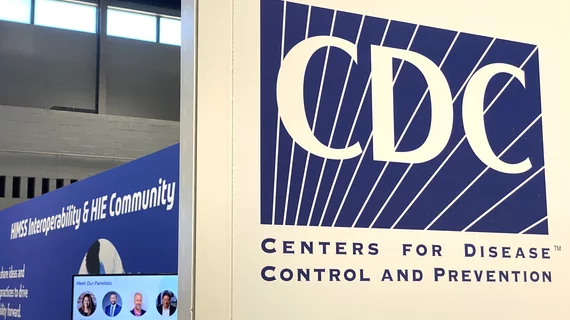CDC sounds the alarm on key factor keeping women from undergoing mammography
The Centers for Disease Control and Prevention sounded the alarm Tuesday about a key factor that’s keeping women from getting lifesaving mammograms.
It isn’t cost or access issues but, rather, health-related social needs such as food insecurity or a lack of reliable transportation. Among screening-eligible women, only about 65% with three or more such impediments are up to date with their appointments, according to research published in the CDC’s Vital Signs [1].
“If we are to achieve higher breast cancer screening for all women, we have to look at all the possible challenges women face in getting mammograms,” study co-author Lisa C. Richardson, MD, director of the agency’s Division of Cancer Prevention and Control, said in an April 9 announcement. “Healthcare providers can now assess whether women have health-related social needs and help women get the services they need. Every woman should be able to get screened for breast cancer without barriers.”
For the study, Richardson et al. analyzed 2022 data from the CDC’s Behavioral Risk Factor Surveillance System. They estimated mammography use within the previous two years and sought to connect this information with various social determinants of health. The final sample included 117,466 women, representing 82% of female respondents.
Among those 50 to 74, stave-level mammography use ranged from 64% to 85.5%. Having health insurance and a personal healthcare provider were associated with undergoing a mammogram in the past two years, the authors noted. Mammography prevalence was about 83% for those with no adverse social determinants of health or health-related social needs. Life dissatisfaction, social isolation, reduced employment hours, receiving food stamps, lacking reliable transportation and costs as a barrier to access were all “strongly associated” with failing to undergo mammography.
For radiology providers, one of the key takeaways is the importance of looking beyond traditional interventions (such as text reminders or brochures) to increase breast cancer screening use.
“Healthcare facilities, providers and public health programs could consider developing policies and effective practices to conduct risk assessments for adverse [social determinants of health] and [health-related social needs] and address SDOH and HRSNs such as cost to access healthcare, social isolation, lack of reliable transportation, and food insecurity,” the authors wrote. “Addressing SDOH and HRSNs and their drivers might increase the prevalence of receipt of mammography and other preventive health services.”
Read more at the link below.

